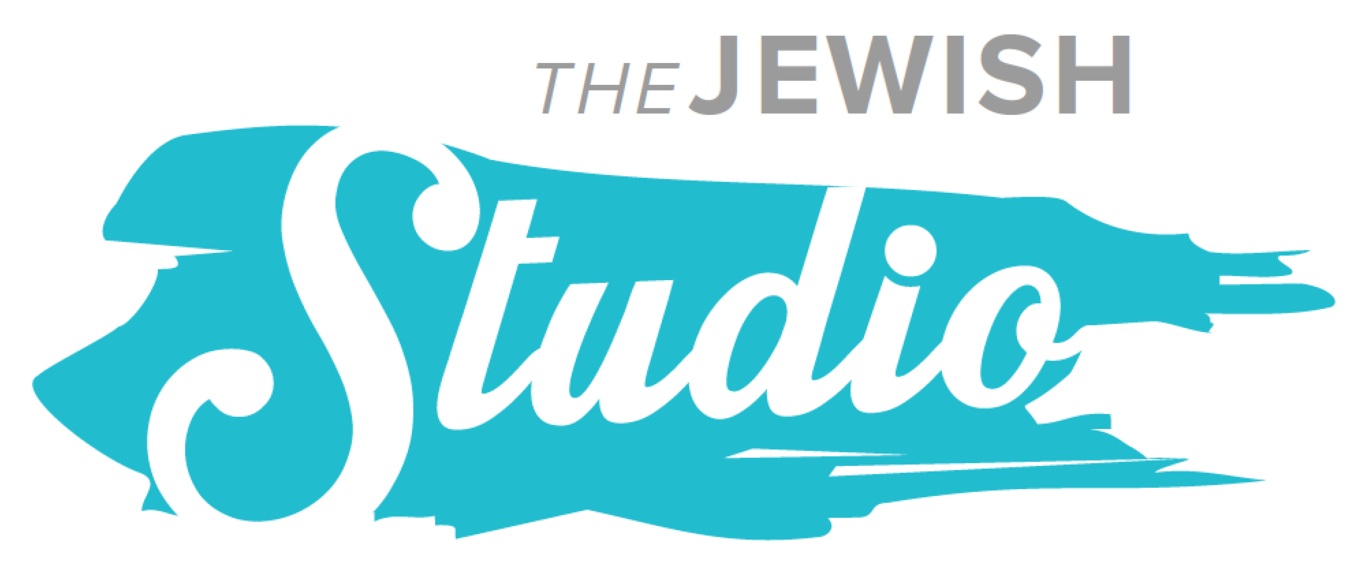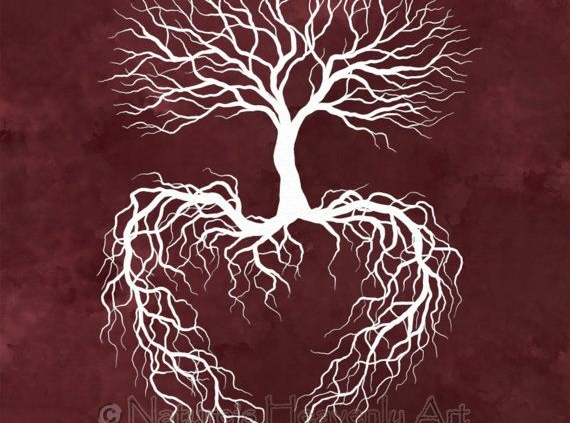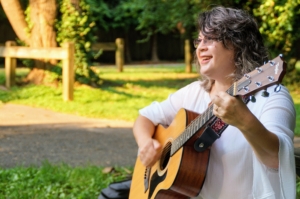Hearts Entwined
This teaching is offered in memory of Elie Wiesel, z”l. May his legacy be justice, mercy and peace throughout the world.
News reports again project the demise of the Jewish people through internal hostility that evokes Torah’s parshat Korach, a rebellion against Moses and Aaron that split the Jewish people. I’d much rather work on what helps Jews survive and thrive than harp on forces that divide. I find answers (and hope) in both nature and history: by analogy, consider the aspen tree.
Aspen trees connect at their roots to form an expansive single organism. Each seemingly distinct tree supports others below the surface. Aspens grow fast and adapt to a variety of mountain regions. Aspens are subject to extreme heat and drought, when large swaths of trees quickly die, and still the larger population survives and grows stronger. Above the surface, when silvery aspen leaves rustle in the wind, the whole seems to tremble.
The Jewish people also have profound connectivity, binding one to another like a root system reaching across continents and millennia. Historians of the Roman empire remarked how Jews demonstrated profound concern for each other both locally and at vast distance. Many of us remember protesting to free Soviet Jewry and donating to rescue Ethiopian Jews. Jews proudly proclaim, kol arevim zeh bazeh – all Israel is responsible for one another.
Then there are times when we act irresponsibly toward one another or succumb to division. Debates on religious practices, Israeli policy and Jewish identity overflow and occlude our unity, or threaten to cut our roots from one another.
Korach reminds both that we’re connected and that the price of cutting ourselves in parts can be extremely high. Korach (Moses’ distant relative) challenged Moses’ leadership and led a revolt that met swift demise. Some were incinerated; others were swallowed up by the earth.
I wonder if the rebels’ intention was a misguided attempt to fulfill Torah’s statement that all of us together are to be a nation of priests. Was Korach over-zealous precisely because we’re all connected? Was the response excessive for the same reason?
History is full of other sharp divides among Jews who survived internal strife. During the Second Temple era, traditionalist Priests known as Sadducees battled progressive Pharisees (who became the Rabbis). Meanwhile Essenes withdrew, Hellenizers assimilated and Zealots took up arms against other Jews and Rome. The result was an Israel decimated, a Temple destroyed and a people dispersed. The Jewish ecosystem regenerated due to our interconnectedness and caring for one another. If history repeats, then divisions that appear to threaten our Jewish future will yield as we cling to each other by our roots.
History trumps Torah in the case of Korach’s rebellion. Like gusted leaves on the aspens, we all seem to quake with fear when winds whisper Jewish demise. While our interconnected roots have been strong enough to sustain us for millennia, still we wonder if existential threats and deep religious divides finally toll a death knell. We forget, in the playful words of Simon Rawidowicz (1897-1957), that Jews are the ever-dying people.
If we tremble in the wind, we still have a powerful root system that binds us together. Let’s talk about how to shift our focus from what divides us to offering the world yet more examples of an enduringly caring and compassionate community. Like the aspens, may our trembling be merely the occasional blowing of winds that return us to our roots for strength and solidarity.






 Evan J. Krame was ordained as a rabbi by the
Evan J. Krame was ordained as a rabbi by the